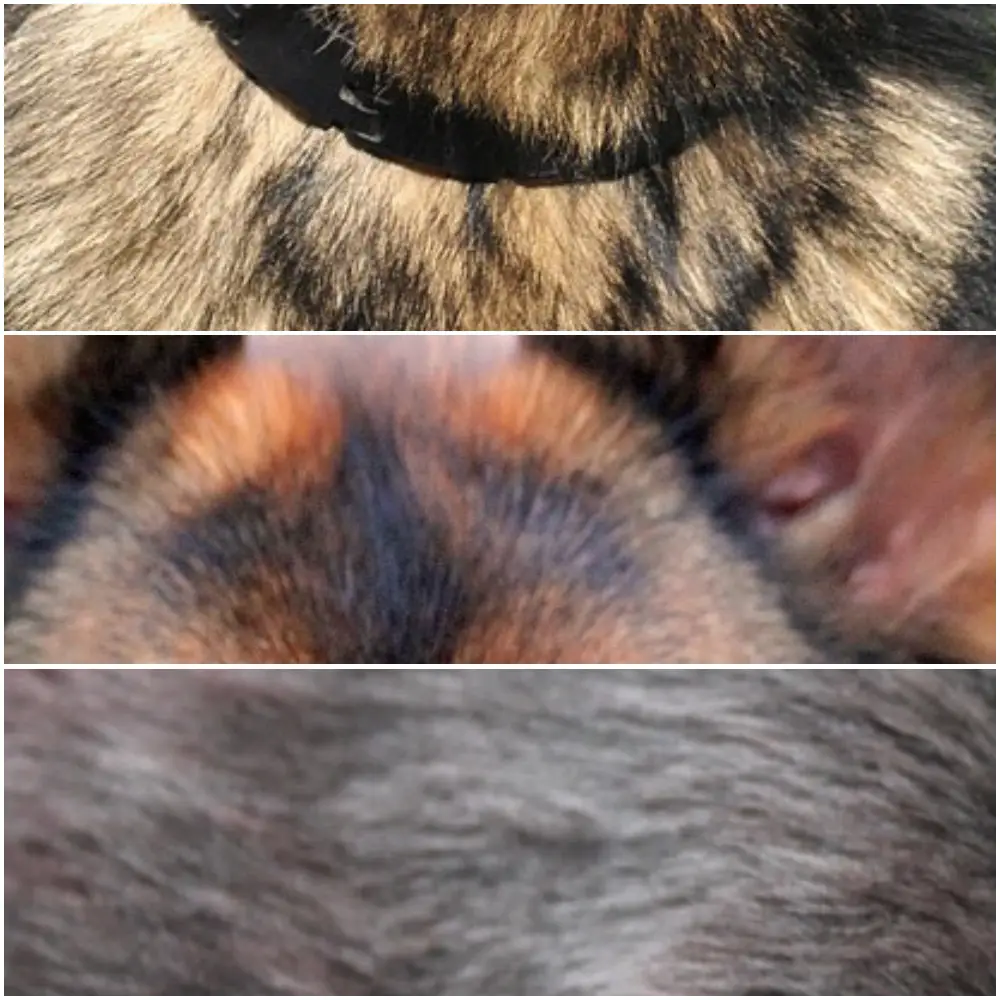We’ve already put together a guide outlining the different types of German Shepherds.
The Agouti German Shepherd is actually a color of German Shepherd which most people refer to as the Sable German Shepherd.
The gene series is called the A series (Agouti series) and can produce different color variations and patterns depending on how the genes arrange themselves – even wolf grey/silver.
Let’s look at the relation between the Agouti German Shepherd and also sable coloring in dogs.
(NOTE: this is a general information guide only, and is not professional advice, or a substitute for professional advice. A qualified vet or animal expert is the only person qualified to give you expert advice in regards to your pet/s)
Agouti German Shepherd: A Mysterious Color & Pattern of GSD
What Is Agouti?
Agouti comes from the A series Agouti gene series.
The Agouti series has four different alleles in the series:
sable
agouti
tan points
recessive black
What the Agouti series does is affect which cells produce eumelanin (black pigment, or liver/isabella/blue when modified) that appear in the dog’s coat.
It can combine with other gene series, or act on it’s own to modify or dilute certain colors, and even affect the pattern on the dog’s coat.
How Does Agouti affect German Shepherds?
There are 5 distinct appearances of the main types of German Shepherd bloodlines (the American bloodlines in particular can be a range of colors though):
North American and Canadian Show Line German Shepherds
Most commonly black and tan/cream
West German Show Line German Shepherds
Most commonly black and red
West German Working Line German Shepherds
Most commonly sable/agouti
East German/DDR Working Line German Shepherds
Most commonly sable/agouti
Czech Working Line German Shepherds
Most commonly sable/agouti
So, we can see the German and Czech lines are affected most, but you might also rarely see blue german Shepherds affected by the tan points, and also the recessive black gene solid black German Shepherds.
The East German working line German Shepherds and West German working line German Shepherds are most likely Agouti German Shepherds with red hair modifiers
Czech German Shepherd could be shaded sable – shaded sable dogs overlap with tipped sables and are red dogs with brown and black hairs.
But, they are most likely Agouti without being combined with phaeomelanin (red) color dilution.
Phaeomelanin dilution turns the red hairs cream or grey.
Agouti is fur that is banded with black all over, and can be almost identical to shaded sable. But, the pattern is like traditional tan points.
When combined with red dilution, the red hairs become cream or greyish.
This is where silver or Grey German Shepherds probably come from.
Sable dogs are born when they have one sable allele on their A series.
But, the A series can only be expressed in the appearance of the dog if there is no dominant black allele on the K locus (brindle series).
Sable dogs can be tipped in some parts of the body with black hair, but tipping can vary (as opposed to agouti).
Sables can have three patterns – clear (solid phaeomelanin), tipped or shaded (with eumelanin).
Different patterns in the Agouti series can affect how the German Shepherd’s saddle appears – whether it stretches down or recedes up closer tot he ridge line of the back.
Dog Genetics does a fantastic job of explaining and summarising with photo examples here, and here.
More Information & Facts About The German Shepherd Dog Breed
We’ve put together this guide with over 100 interesting pieces of information and facts about the German Shepherd Dog Breed.
Friendly Disclaimer
TheDailyShep.com are not veterinarians, or animal professionals/experts. Information provided is for informational purposes only – it is not a substitute for professional or qualified advice.
The information is based on either our own thorough research, and/or own experiences, as a means of free speech.
By consuming this information, you accept that TheDailyShep.com do not have client or patient relationship with you, and TheDailyShep.com are not advising you to act on anything you read.
You should always consult your own veterinarian, animal expert, or health care professional and follow their advice before making decisions on all matters.
You can find our full set of disclaimers and T & C’s in the footer of this site.
Enjoy your reading, and thank you for being here
','' ); } ?>